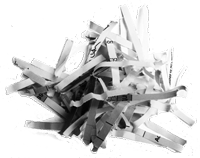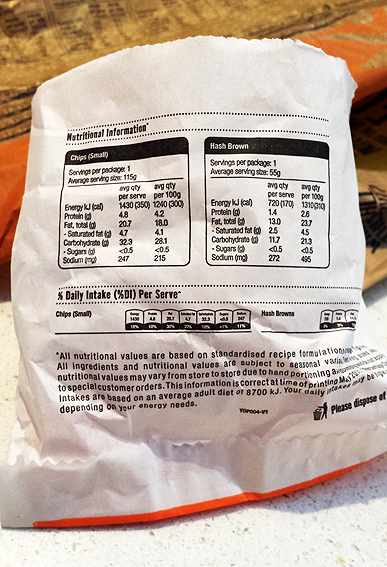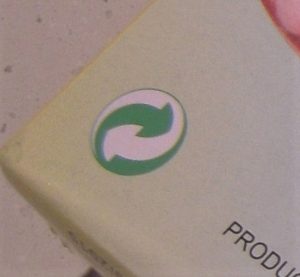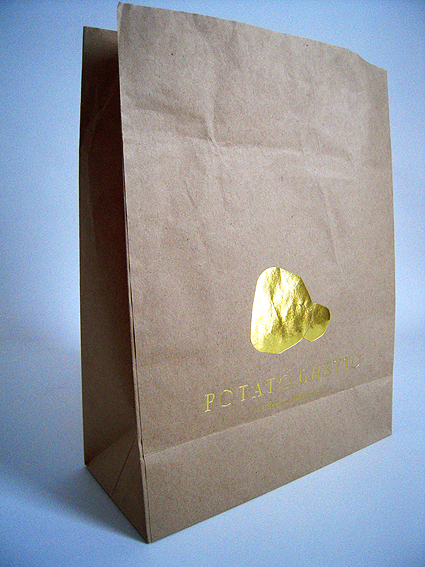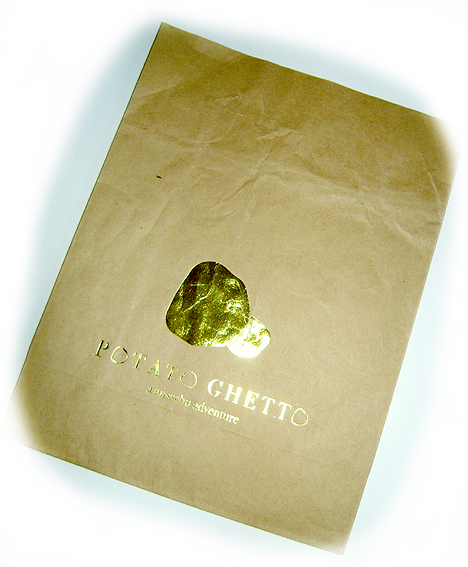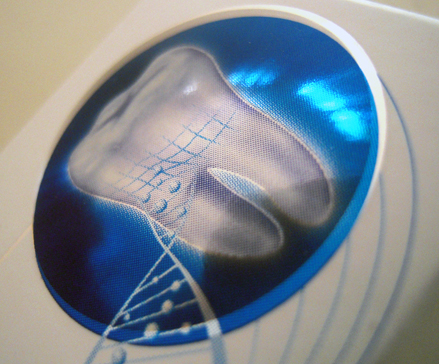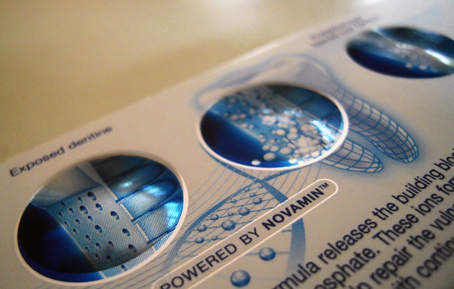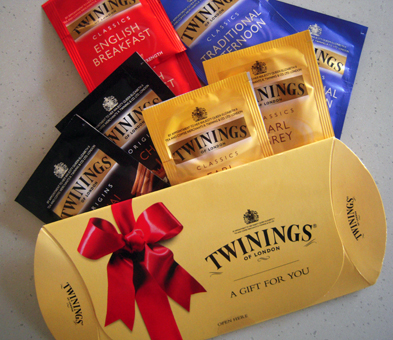
Two for tea and tea for two, la-di-da and da-di-la. This little pack of tea bags appeared in our street a while back. I didn’t get one but there were heaps piled up outside the block of flats down the road so I took one of those – sorry if you missed out on your English Breakfast.
Tea is such a prosaic, everyday item and yet, here, Twinings is casting it as an up-market product, that little bit of exclusive pleasure wrapped in a red ribbon, a special gift for you. There’s quite a deal of print involved in this freebie too and they’ve gone to a lot of trouble with it.
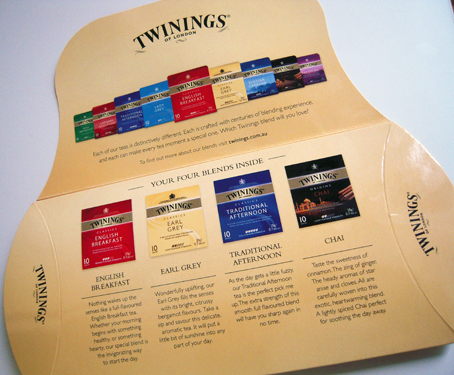
There’s the box itself, printed full colour inside and out with a varnish. Open the flap and, inside, all the tea bags are lined up, printed really rather finely; even on the smallest bag, the text is still legible. The yellow background is not just a flat solid but has a very subtle gradation, barely perceptible.
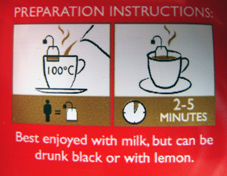
Then there is the sachet containing the tea bag, printed on a flexible film. I like the little cartoon of instructions on the reverse side, the kettle pouring in the liquid gold and the gold vapours rising from the cup.
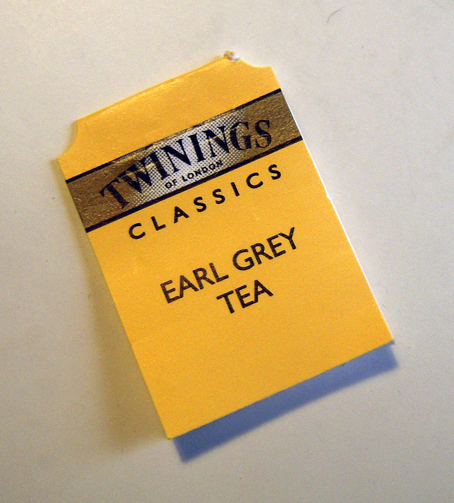
And then there is the tea bag tag, measuring no more than 3x2cm and yet the minute type of LONDON is still legible – it must be about 2 point size, at the limits of what is readable. Ultra-fine printing on a mass scale on a tag attached to a tea bag – who said tea was prosaic?
Brewed some Earl Grey for breakfast this morning and it was lovely.
